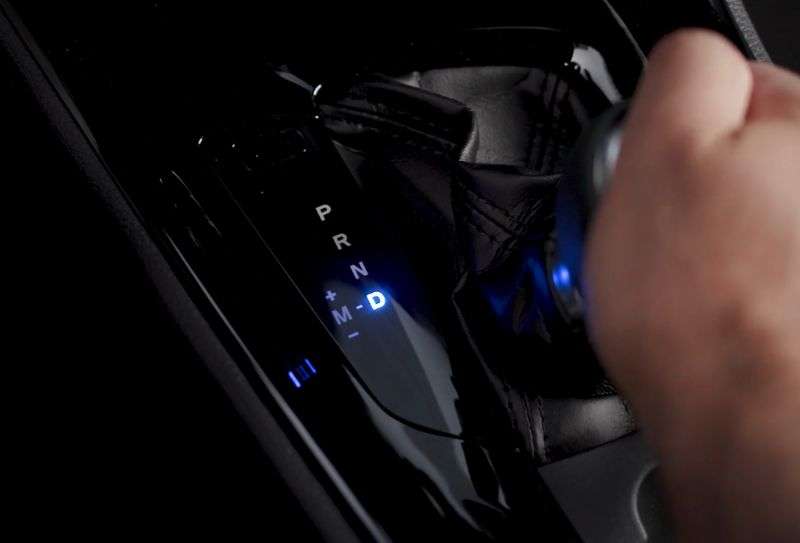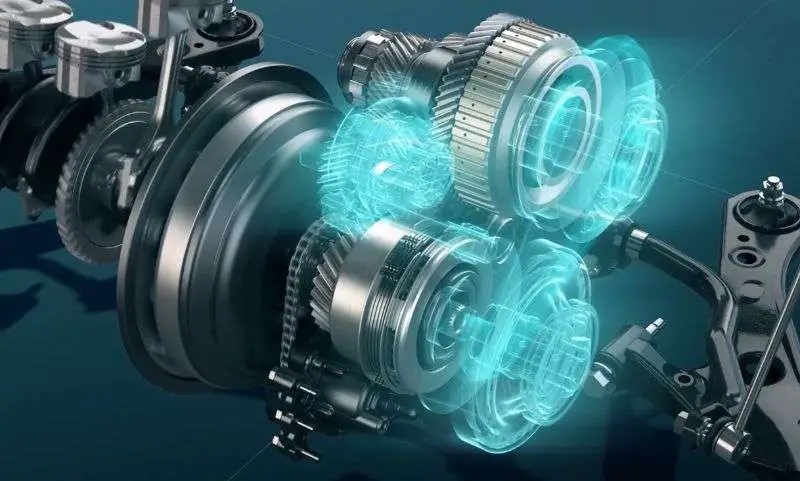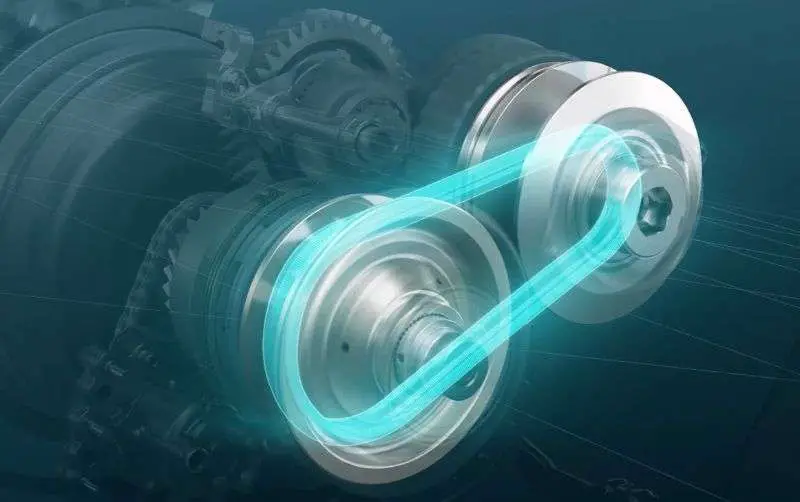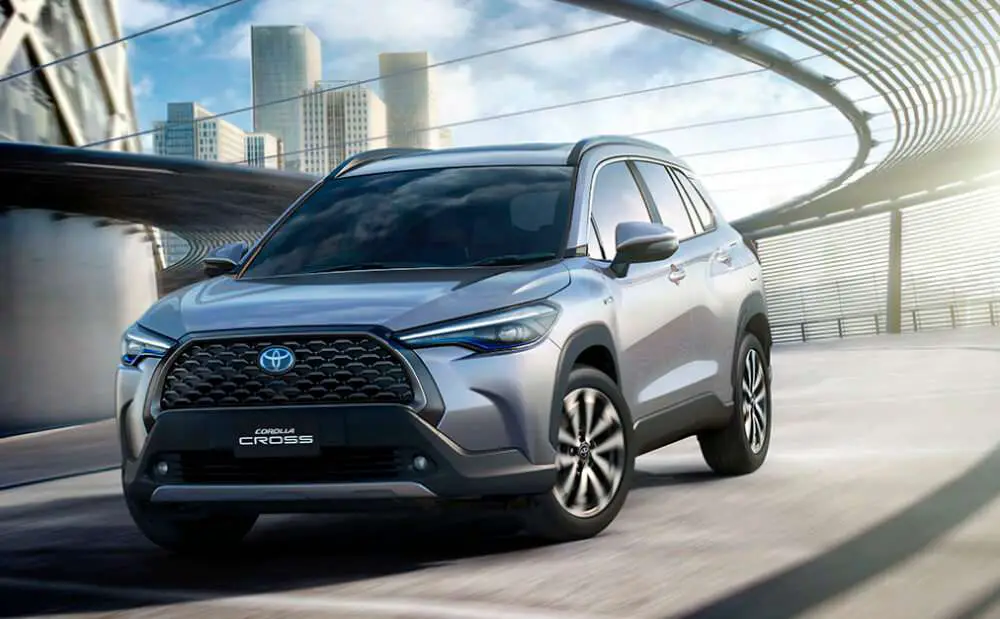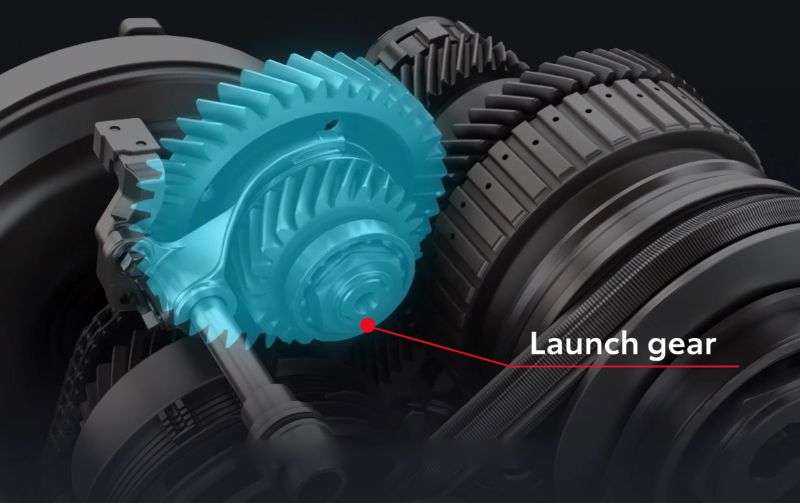The choice used to be very simple when you are car shipping, you either go with an automatic transmission or a manual car. But you have probably started to notice that more and more cars are coming with a CVT transmission.
Continuously variable transmissions is a technology that has been taking off along with the adaption of hybrid vehicles around the world since the early 2000s. Vehicles such as the Toyota Prius and Honda Insight were some of the first mainstream vehicles to come with CVT.
CVT stands for ‘continuously variable transmission’. It refers to the transmission being able to change the gear ratio regardless of engine speed. The efficiency provided by CVT means it will deliver better performance for your daily commute. You are not wrong to wonder, CVT vs Automatic Transmission: the difference and which is best! And why would you choose one type over another?
In a nutshell, CVT offers a number of advantages that automatic or manual transmission just doesn’t offer. A CVT vehicle will offer better fuel economy (especially for city driving). Driving will generally be more smooth since no actual gear shifting or gear hunting is occurring in the transmission.
CVT components are also lighter, which helps the vehicle to be more fuel-efficient. No gear changing means the torque ratio can be maintained and requires less engine maintenance. You will have an easier time driving through rough terrain and taking off driving a CVT than with automatic transmission.
Automatic transmission, on the other hand, will offer the traditional feeling of changing gears. The use of actual gear will make driving more fun and engaging. If you are into the sensation of feeling the car actually upshifting or downshifting, then automatic transmission is for you. Since automatic transmission has been around longer, you’ll find it easier to get serviced at a lower cost.
What is a Transmission in a Car?
Transmission is something that every vehicle has in order to function. It is connected between the car’s engine and its axles and wheels to propel power to the car, allowing the engine to function properly while changing driving speed. There are variations of transmissions available, such as CVT, Automatic and Manual transmission, and each has its own benefits.
How Does CVT Transmission Work?
Continuously variable transmission (CVT) does not have actual gears to change between. This shiftless method is an alternative to automatic transmission which has fixed gear ratios. There are two pulleys that are in the shape of a cone with a belt connecting the two. The transmission uses a pulley bounded to the engine and another to the rest of the transmission to do its work.
Rather than using gears, the pulleys adjust their width according to the desire RPMs, expanding larger or smaller to give you strong but smooth acceleration.
What is Automatic Transmission?
Most people are likely to find manual transmission too much work or difficult to learn, that’s why automatic transmission was invented!
With automatic transmission, gear ratios change automatically rather than having you know when to change them. A driver can simply hop in and go.
What are the Benefits of CVT vs Automatic Transmission?
Faster Take-Offs
CVT cars are great at driving through rough terrain and have great take-off speed. By design, CVT transmission has gears, making it faster and easier to maintain torque and gear ratio when driving, giving you longer and better range.
More Power From Smaller Engines
CVT enhances horsepower output from smaller engines by providing a continuously changing gear ratio to match engine speed. What you get out of it is top engine efficiency. This is why a number of SUVs on the market now come with smaller engines but could still provide acceleration improvement.
Better Fuel Efficiency
CVTs are extremely fuel-efficient since, without physical gears to switch through, they have an infinite gear ratio range. CVT transmissions add less weight to the car than automatic transmissions would, and this reduction in weight translates to better fuel efficiency for the vehicle as less power is needed to push the car forward. Hence why most hybrid vehicles on the market are matched with a CVT transmission.
Smoother Driving
Usually in a car with gear shifts, you can feel the changing of the gear. It is quite different in a car with CVT. Acceleration is smoother without interruptions by the gear shift. So when driving in situations where you must stop and go frequently, such as in most city driving, you get a less jerky or bouncy feel, unlike with traditional automatic transmission which requires upshifting or downshifting.
What are the Disadvantages of CVT vs Automatic Transmission?
Less Power Performance
CVT is more designed to provide maximum efficiency and not so much for increasing performance. Most CVT transmissions are matched with four-cylinder engines which might even give you a bit more horsepower.
But if you are looking for a performance vehicle, it is very unlikely to come with a CVT transmission. However, this could change over time as CVT is improving year by year.
Harder For Maintenance
CVTs are still quite new and the complexity of maintenance and service means you are unlikely to be able to get this done on your own. The oil, parts, and transmission fluid a CVT needs is different than the conventional transmission. You will most likely have to bring it into an autobody shop or the dealership for servicing.
Other possible issues with CVT are overheating, shuddering, slipping, acceleration problems, and stretching or over-wearing of the belts.
Driving Feels Different
Driving a car with CVT transmission, gone is the feeling of gears changing as acceleration is continuous. So you won’t get the jerky sensation of when you up or downshift, something that car purists may miss. So if you prefer an engaging or sportier feel to your driving, it might be better to stick with automatic transmission.
Likely to Cost More
The cost of producing continuously variable transmission is still higher than automatic transmission and the extra cost is likely added to the overall cost of a car purchase. You are unlikely to have a choice in the matter, as most models do not offer a choice of CVT and automatic transmission.
And over time as the CVT age, the cost of fixing typically outweighs replacement, so you are more likely to have it replaced than to have it fixed. But then again, CVT is known to last a very long time, especially if it is from reputable brands such as Toyota.
How Long would CVT Last?
You are likely to be able to drive a CVT car for well over 200,000km or more. Some even last nearly doubling this figure. The key to a long last CVT is regular maintenance.
Another thing you can do to keep the CVT in good health is to manage your driving behaviour. When changing gears too fast, it can be stressful for the CVT, especially when going between driving forward and reverse. This stress is often unnecessary and avoidable by moving through the gears at a slightly slower pace.
Is it Better To Drive With Automatic Transmission?
While benefits of CVT such as better fuel efficiency, fewer emissions, and smoother drive, as well as a number of other benefits, are listed earlier, this isn’t to say that Automatica Transmission can be fully ignored.
Particularly, the drive is much more engaging. If you really enjoy the sensation and control that automatic transmission typically gives while driving when changing up or down gears, then you are likely to stick with automatic transmission.
It is also less costly to maintain. You can literally bring it to any auto or tire shop and someone would be available to have it fixed at a low cost.
Which Manufacturers Use CVT in their Vehicles?
A large number of Japanese brands and some of the European ones now offer CVT vehicles which are typically in the mid to low segment of their vehicle lineup.
Brands such as Subaru, Nissan, Mitsubishi, Honda, and Toyota all carry cars and SUVs with CVT configurations.
Some vehicles available with CVT include Toyota RAV4, Toyota Corolla, Toyota Highlander, Honda Civic, Honda Accord, Honda CR-V, Lexus UX, Subaru Impreza, Ford Escape Hybrid, Mitsubishi Mirage, Lexus UX, as well as many of Hybrid vehicle options (RAV4 Hybrid, Venza Hybrid, Prius Prime, to name a few) on the market.
Are All the CVT the Same?
As each manufacturer adds CVT to their vehicles, they are also looking for ways to make their lineup stand out from the rest.
In some of the CVT-equipped Toyota vehicles, they come with a ‘launch gear’, something that helps to give more acceleration power and make for a smoother takeoff. It adds the first gear to help control the initial acceleration when the car is driving under 40km.
On some cars, you can change ‘gears’ by using a gear lever or paddle shifters. There are also versions of the CVT available to replicate the feeling of conventional automatic gear-shifting.
Should I consider Automatic or Manual Transmission Instead?
Similar to CVT, automatic transmission cars are very easy to learn to drive. Automatic transmission has less learning involved, it’s less intense to drive and is very easy to maintain.
In an automatic transmission vehicle, the transmission changes and work entirely on its own, free of the driver’s involvement. As you drive faster, slower, accelerate, and decelerate, the transmission intuitively knows to change the gear and have the engine match with the speed. Automatic transmission a lot of times comes in 5, 6, 8 and even 9 gears.
Manual transmission cars are showing up less and less these days, but they still have a niche group of followers. In a manual transmission car, the driver has full control over how the transmission work. The driver accelerates and decelerates using the gear shift lever or stick shift, increasing or decreasing the engine revolutions per minute, also known as RPM. With each change, the driver must step on the clutch in a timely manner to momentarily hold the gear in order to change the gear.
Manual transmission is offered in 6-10 gears. The feeling of driving a manual vehicle, if you enjoy it, is very difficult to replicate with automatic transmission or CVT. Because of the direct control over power and speed, manual transmission is often offered on sports and performance vehicles.
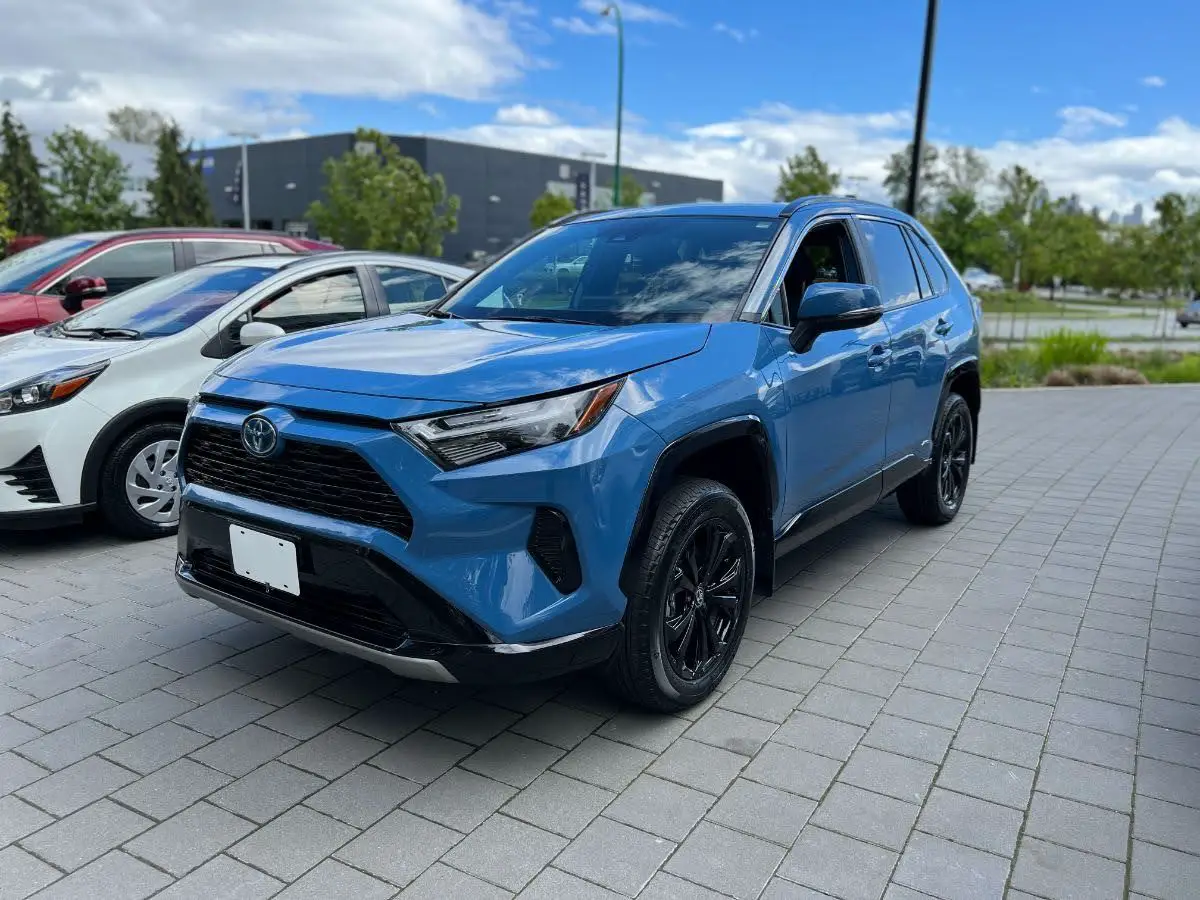
Should I get a CVT Transmission Vehicle?
In the end, it really comes down to your own experience and expectation. There are a number of benefits to using a CVT vehicle, but if you are keen to get maximum control and power out of your vehicle, then CVT may not be the top choice for you.
On the other hand, if you want to have better fuel consumption or smoother engine response, then CVT is a great choice. Especially if most of your driving takes place in the city where you are likely to do a lot of stopping.


